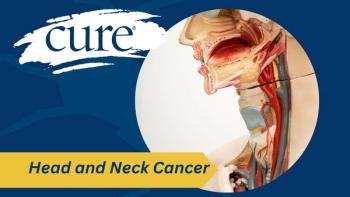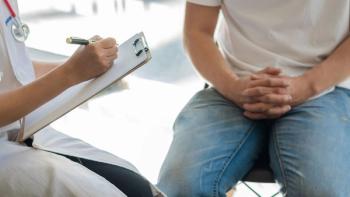Our family is heading to Mexico next month and I'm already nervous about protecting my blond-haired, blue-eyed, fair-skinned one-year-old daughter from the brutal Mexican sun. To a young child's tender skin, a severe sunburn can have lasting effects. According the Skin Cancer Foundation, a single blistering sunburn in childhood more than doubles a person's risk of developing melanoma later in life. With melanoma in my family (my father and his cousin both died from the disease), keeping her protected now is crucial for her future health.Though a bit labor intensive, sun safety is relatively straightforward for a toddler. Her daddy and I will slather her with SPF, dress her in a sun-proof bathing suit, top her off with a wide-brimmed hat and keep her in the shade when the sun is most intense, between the hours of 10 am and 4 pm. (The Skin Cancer Foundation has more good tips here for protecting small children from the sun's rays.) It's later on in her life, when she's an independent, strong-willed teenager under the influenced of tanning obsessed peers, that I worry about. But I've already decided that I will resort to scare tactics, and fortunately, there are plenty of public service announcements (PSAs) out there that will help me get the point across that too much sun, like smoking, poor eating habits and too much alcohol, can be deadly.The American Academy of Dermatology has released several ominous PSAs on its website. The most recent one shows a young woman in a bikini settling in for a good soak in the sun. She's unfurling a towel on a bed of sand, sipping a bottle of water and putting on sunglasses. It's a vision of relaxation, until the camera pulls away and you realize the girl is not on a beach, but enclosed inside an hourglass. Far below her, the sand is slowly slipping away. Time is running out for this sun worshipper. There are more unsettling PSAs, like this one entitled "Dear 16-Year-Old Me," which shows young melanoma survivors revealing their scars, as well as family members remembering their loved ones who died far too young with the disease. It might seem extreme to some to subject their teenager to these types of videos, but for those who have had any experience with melanoma--an extreme form of skin cancer that is one of the most common kinds of cancers in young adults--it just might be life-saving.For backup when discussing sun protection with your teen, here are a few good resources:Skin Cancer FoundationAmerican Academy of Dermatology American Cancer Society






